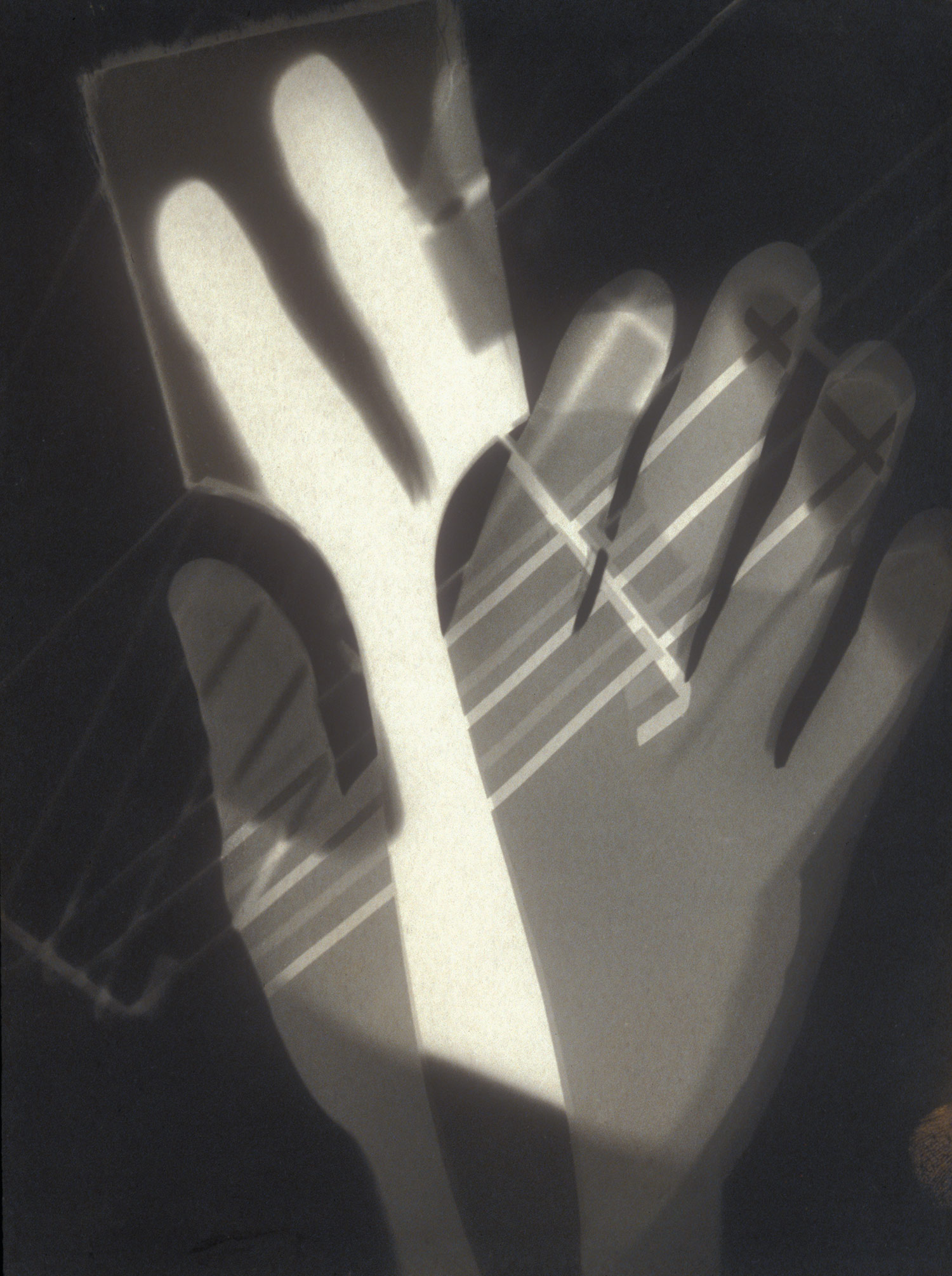Analysis of Man Ray and Lazslo Moholy Nagy's Photograms
Nagy
Man Ray
Although obviously both photograms, both photographers have taken a different approach to this camera-less art of photograms, as we can see from Man Ray's work on the left and Moholy Nagy's work on the right.
The aesthetics of each photograph from each artist are similar yet different. It's evident that both pictures were made using photographic paper and placing objects on top of the paper, then subjecting it to light. However even though the same technique was used, both photos are extremely different.
On the left (Man Ray's Rayogram) there's a bunch of jumbled letters possibly placed without any second thoughts, a cocked gun that seems to be missing a trigger and a barrel, and three other identifiable objects. There is shadowing between the lettering and the gun which could possibly indicate a few things: The objects on the photographic paper were moved throughout the whole process,The distance and aperture settings on the developer were changed throughout the process, diffusion of light or possibly two light sources instead of one, which created the shadowing effect. Although depending on the audience and how the individual interprets the photographers work, Man Ray's work was deliberately ambiguous and very random, having very little or no meaning to his photograms. Simply capturing a moment.
Lazslo Moholy Nagy's work, on the other hand, had more meaning to it. Whereas Man Ray's work like the one above contained a high level of spontaneity, Nagy's work seemed more planned out which in turn created more depth and texture with the overlaying of the hand and paintbrush, the distance between the objects and brush in his photograms. In the photogram above he used a paint brush, a hand and what appears to be a grill top or a drying rack. Nagy created his work as a play on "art/ photography" making the theme of this work in particular about creativity. This made his work a bit more restricted as there was a set theme. There wasn't as much freedom in his work compared to Man Ray's rayogram. However Nagy's work is more abstract and childlike.

